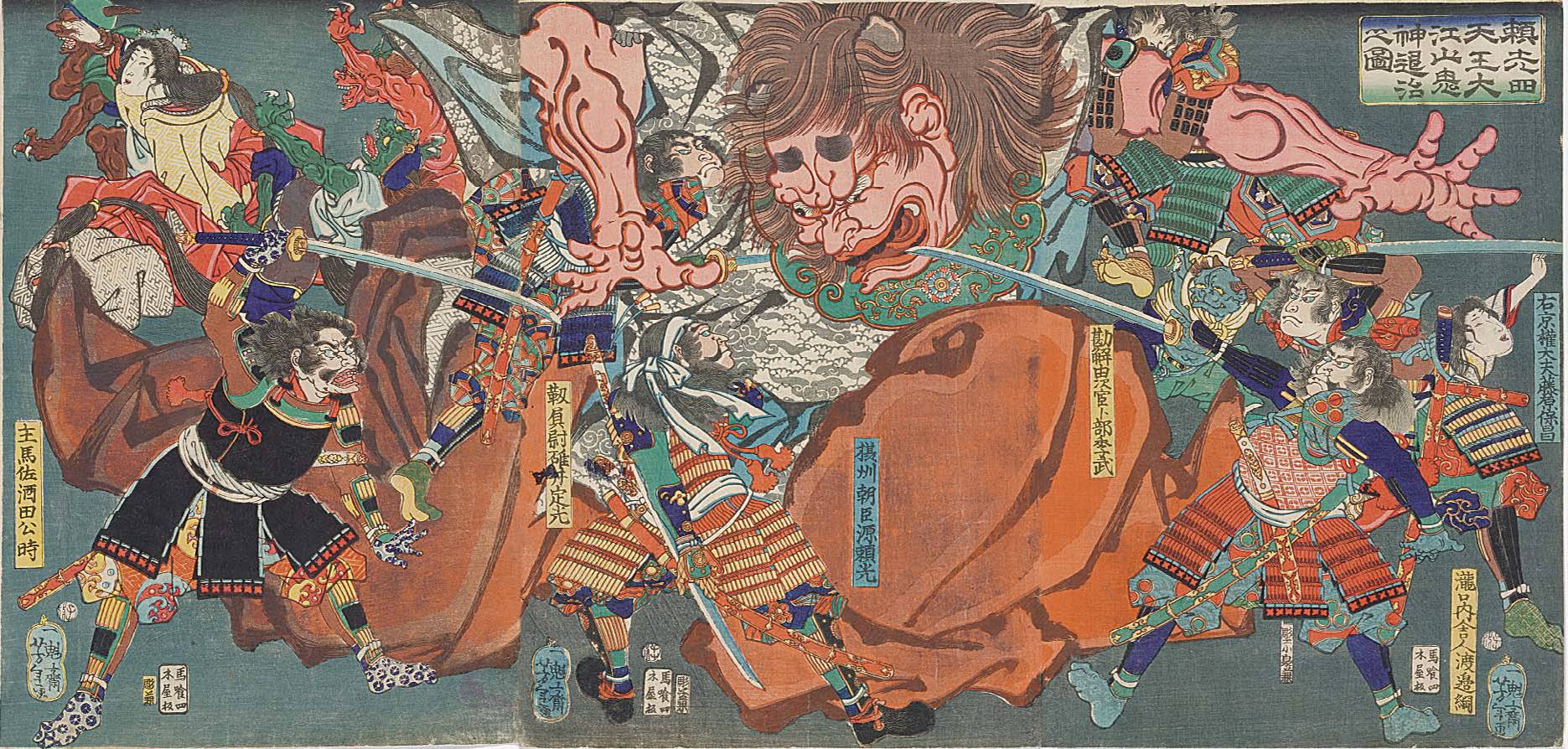Nobody was quite sure how Shuten-doji had turned into an ogre. Some said it was after his mother abandoned him. Others stated that wine had corrupted his soul. Those with a fondness for the macabre swore that his transformation happened only after he fed rotten meat from a corpse to his religious master. Whatever the cause, all were in agreement: Shuten-doji was a horrible beast.
From his bastion on top of Mount Oe, northwest of Kyoto, he commanded a band of monsters who terrorized the surrounding areas. For years, their predations went unimpeded, until one day, people had had enough. They approached Minamoto “Raiko” Yorimitsu, a famed warrior, and begged for his help. Raiko obliged: He promptly led his men into the den of the villain and put an end to his mayhem.



















With your current subscription plan you can comment on stories. However, before writing your first comment, please create a display name in the Profile section of your subscriber account page.